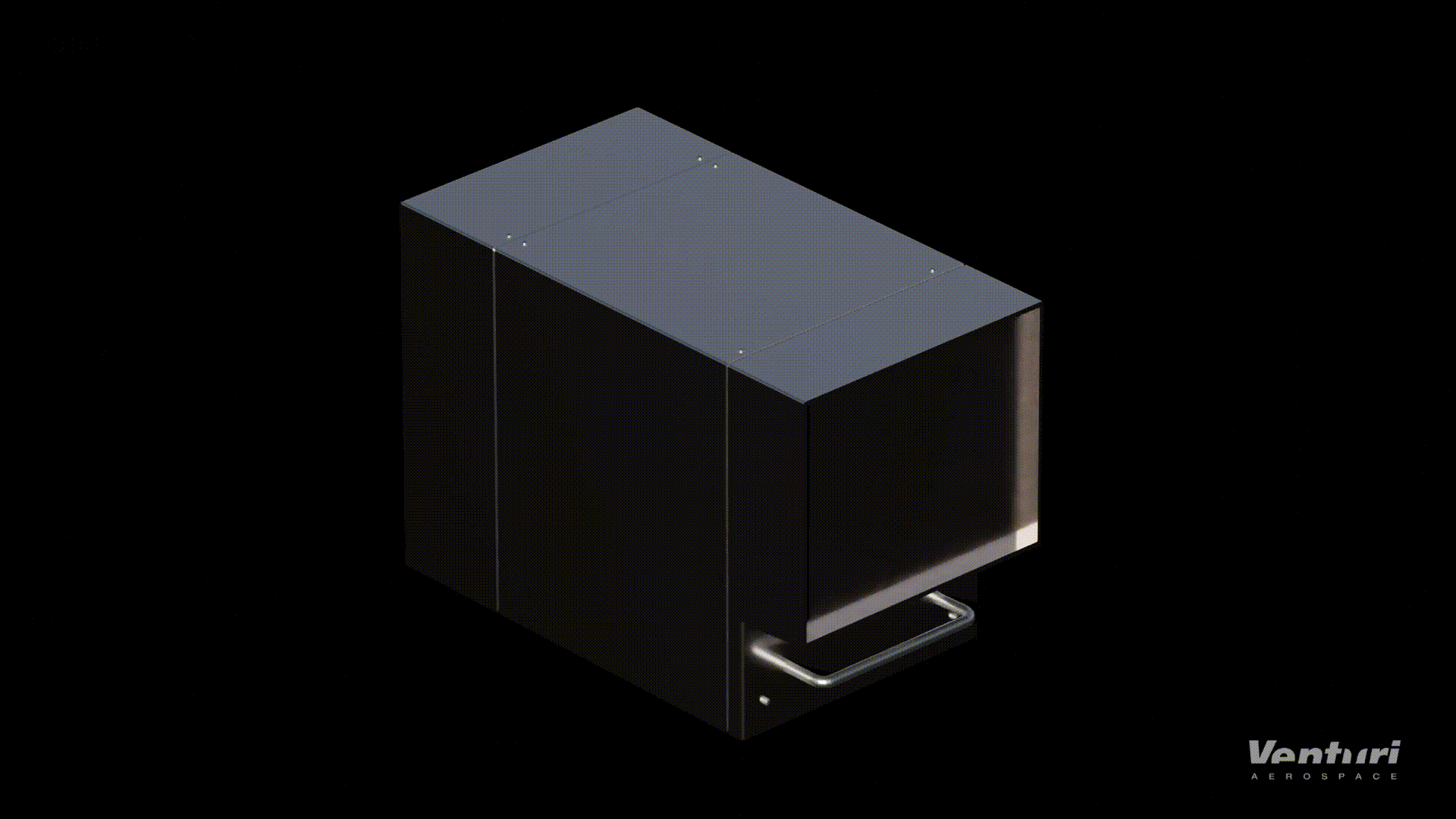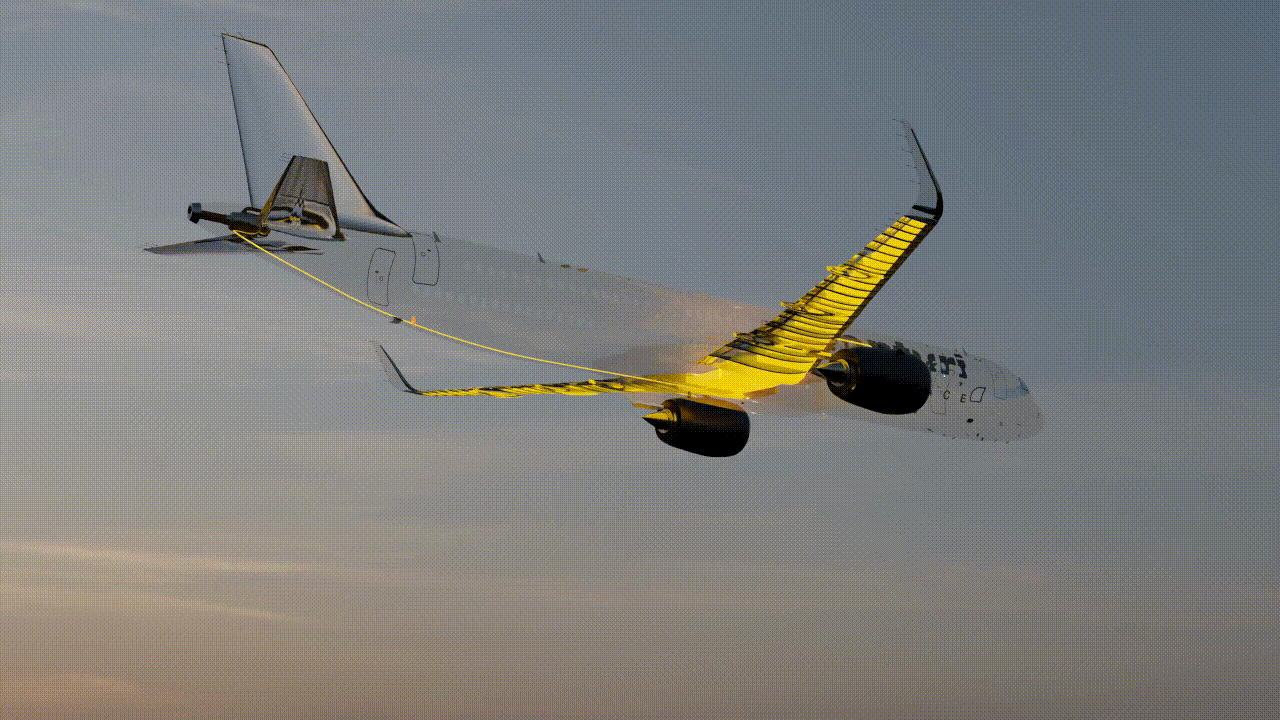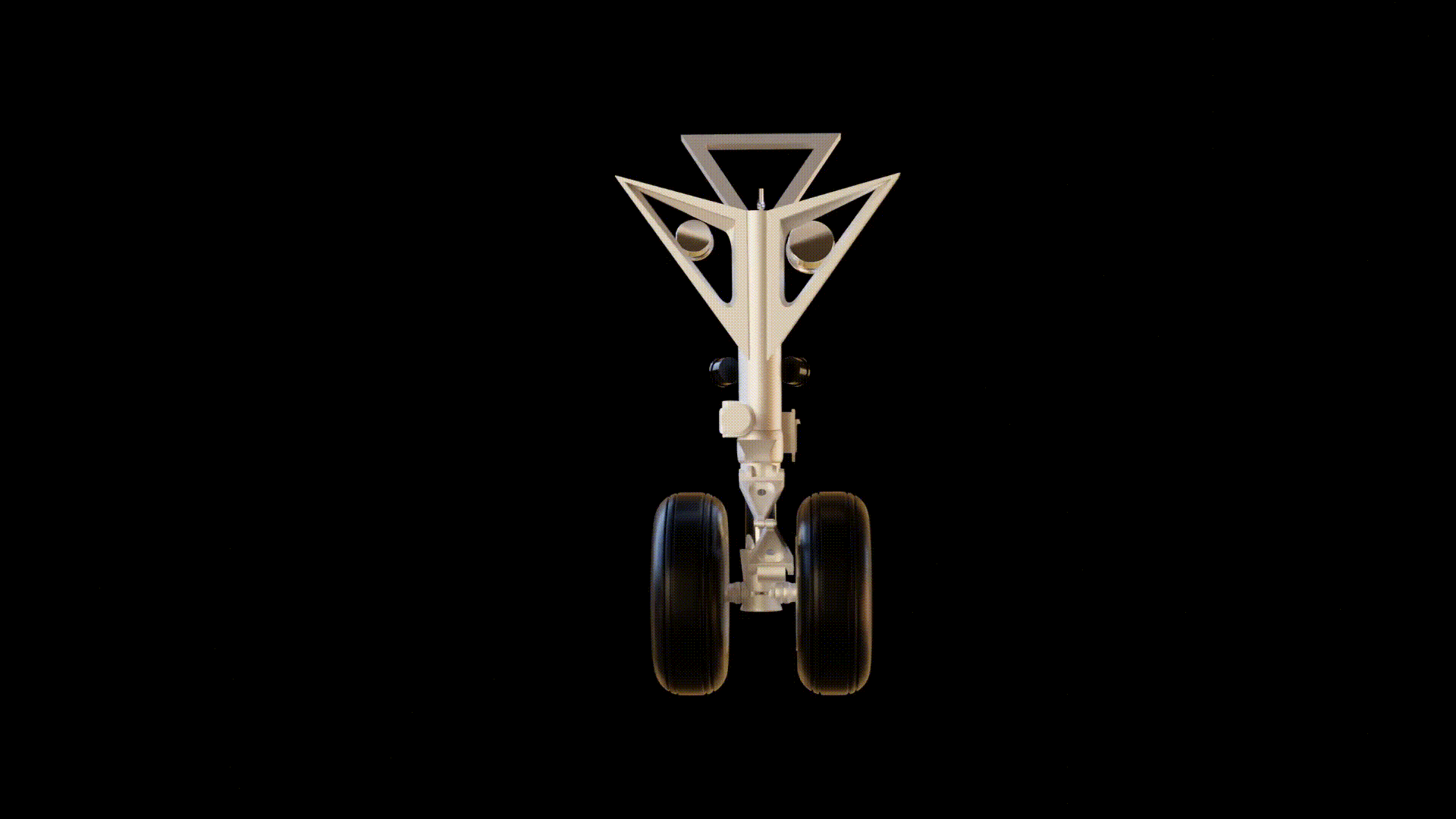
The A320 Family Systems Course serves as a comprehensive educational complement designed to enhance pilots' situational judgment. A profound understanding of aircraft systems constitutes a pivotal component of Type Rating and subsequent recurrent training. Mastery of all aircraft systems is imperative for every pilot. While manufacturers' manuals offer exclusively an operational approach, this course aims to facilitate a deeper, practical comprehension beyond mere memorization.

INSTRUCTOR-LED MODULES
HIGH-QUALITY GRAPHICS and 3D MODELS
RELEVANT, PRACTICAL INFORMATION
ANIMATED and RECORDED COCKPIT INTERFACES





Systems
Updated every week
AIRCRAFT GENERAL
Aircraft Overview Data
Engine Options
Cargo Compartments
Vertical and Horizontal Dimensions
Unpressurized Areas
Antennas
AUTOMATIC FLIGHT
Flight Management Guidance System
Autoflight Computers and Controls
FMGS Predictions
AP and FD Guidance Modes
Managed Guidance
Selected Guidance
FMGC
Databases
Navigation Database
Airline Modifiable Information Database
Aircraft Performance Database
Magnetic Variation Database
Temporary Database
MCDU
MCDU Peripherals
FCU
FAC
Additonal Pilot-FMGS Interfaces
PFD-ND
FMGS Modes of Operation
Dual Mode
Independent Mode
FLIGHT CONTROLS
System Overview
Primary and Secondary Flight Controls
Pitch, Roll, and Yaw
System Architecture
Pitch Control Principle
THS Mechanical Control
Roll Control Principle
Damping Mode
Elevator's Hydraulic Jacks
Aileron's Hydraulic Jacks
Speed Brakes and Ground Spoilers
Speed Brake Extension Inhibition
Speed Brakes, Roll Spoilers, Ground Spoilers
Yaw Control
Yaw Damping, Turn Coordination Control
Rudder Limiter
Rudder Trim
Flaps and Slats
SFCC Protections
Wingtip Brakes
Automatic Retraction System
APU
System Description
ECB
Starting
Emergency Functions
Electrical Power Supply
APU Fuel System
APU Oil System
IGV
COMMUNICATIONS
Antennas
Radio Tunning System
Audio Integrating System
RMP
Audio Management System
Failure Scenarios
Cabin Intercommunication Data System
CIDS
Cockpit Voice Recorder
LANDING GEAR
System Description
NLG Retratction
MLG Retraction
Doors
LGCIU
Hydraulic Shutoff Valve
Crank Handle
Indications
Interlock Mechanism
Landing Configuration
INDICATING AND RECORDING
EFIS and ECAM Principles
DMC
SDAC
FWC
Attention Getters
Color Code
ENGINES
CFM56-5B Introduction
Low Pressure Rotor N1
High Pressure Rotor N2
Combustion Chamber
Accessory Gearbox
FADEC
Engine Interface Unit
Idle Control
Modulated Idle
Approach Idle
Reverse Idle
FUEL
Components
Fuel Storage
Overpressure Protection
Engine Feed
Feed Sequence
Defueling
Fuel Transfer
Fuel Level Sensing Control Unit
Refueling
Fuel Quantity Indication
Fuel Tank Inerting System
HYDRAULIC
Green, Blue, and Yellow Systems
Power Transfer Unit
Reservoirs
Controls and Indications
Hydraulic System Diagram
ELECTRICAL
AC System
DC System
Generation
C/Bs
FIRE PROTECTION
Detection and Extinguishing
Fire Detection Unit
Loop A and B
Fire Panel
Fire Extinguishing Bottle
Squib
NAVIGATION SYSTEM
ADIRS
ADIRU
GPS
NAVAIDS
Radio Navigation
Sensors
MEET YOUR INSTRUCTOR
Captain Julian Castro is an experienced Airbus A320 pilot, with over 20 years of experience in the aerospace industry. He is a certified aircraft instructor and proficient in various general subjects. An expert in A320 systems and procedures, he has conducted ground, simulator, and flight checks for hundreds of pilots throughout his career. His classes are known for their practical essence and containing the most relevant operational data. Captain Castro is a co-founder and COO of Venturi Aerospace.

Watch a Demo
Precio

Duración de la suscripción: 6 meses
Avanzado
-
8 Materias Generales
-
13 Sistemas
-
16 Procedimientos Normales
-
6 Energy Management
-
8 AFS Expected Performance
-
14 Procedimientos de Emergencia
-
9 Evaluaciones
-
Reporte de Competencia LTW
-
Certificado de Aprobación
$235 USD
1 único pago
Útil si te estás preparando para el Type Rating o para una sesión recurrente de FFS.
